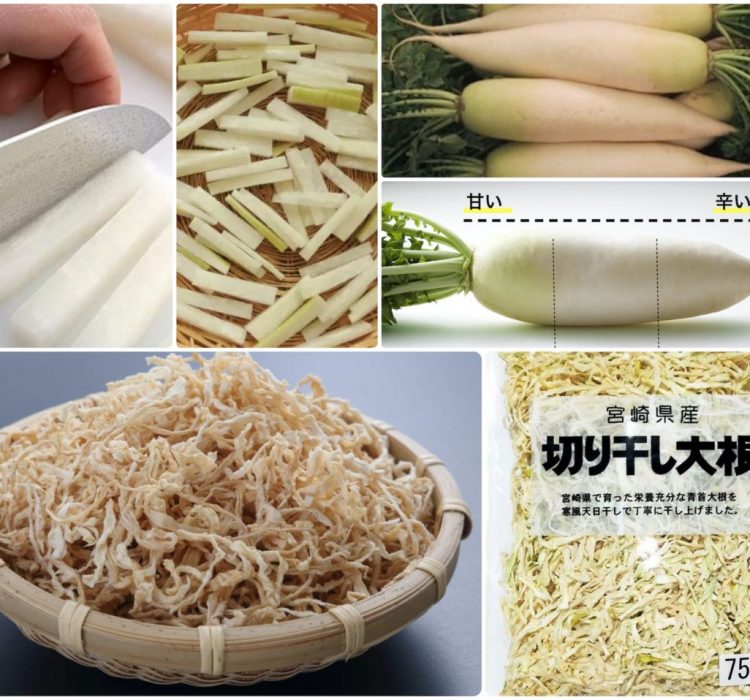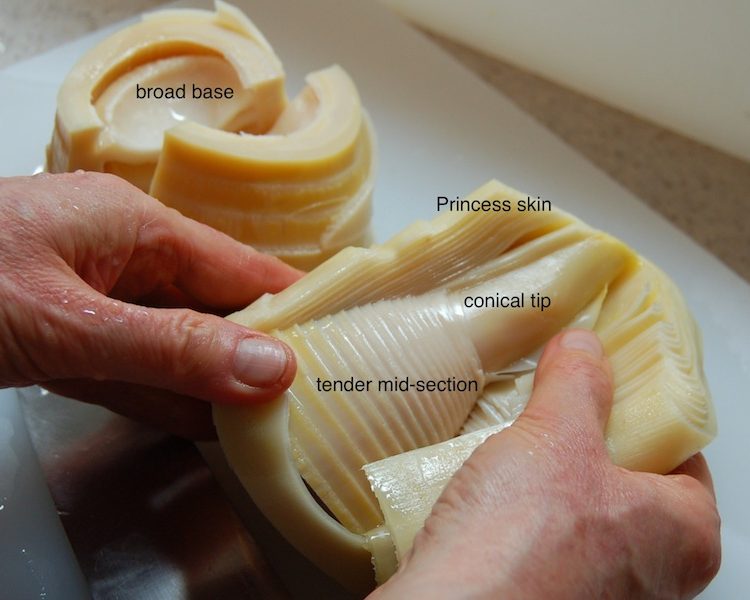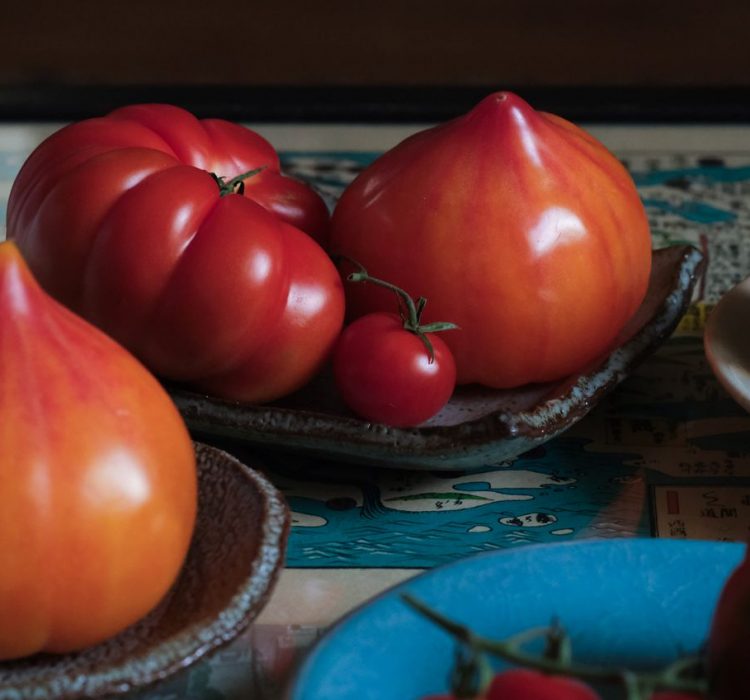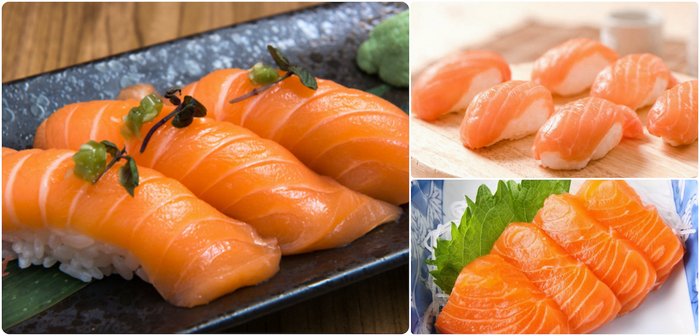
May.31
Elizabeth Andoh: A Taste of Culture – Kiriboshi Daikon (dried shredded radish)
May.31
Before mechanical refrigeration was available, people throughout the world struggled with keeping fresh food from spoiling. A variety of ingenious techniques were developed including drying fresh food in well-ventilated shade. In Japan, the resulting foods are known collectively as kambutsu (literally, “dried things”) and are an important category of comestibles in both home and professional pantries. Indeed the traditional…

May.24
Elizabeth Andoh: A Taste of Culture – Fresh Bamboo Shoots
May.24
Takénoko (bamboo) shoots that are left to grow become mature pole-like bamboo trees.The youngest, most tender, barely breaking-through-the-ground shoots, however, are edible after brief parboiling (instructions on how to do this in this month’s KITCHEN CULTURE Blog). The flavor potential of takénoko can be awoken in many ways. Indeed, bamboo shoots easily become the focus of a menu, served…

May.10
Elizabeth Andoh: A Taste of Culture – Funky Fermented Fish Sauce
May.10
The world’s oldest known cookbook, “The Art of Cooking,” attributed to Marcus Gavius Apicius (AD 14–37) contains a “recipe” for garum, a funky fish sauce made by layering fatty fish with salt and packing the mix in clay pots. When set in the hot sun for several months, the contents of the pots fermented. The fermented…

May.03
Talking by making: soba noodles in Tokyo by Gianfranco Chicco
May.03
Akila Inouye runs the Tsukiji Soba Academy in Tokyo. A fan of molecular cuisine, his teaching method relies on getting to know the history of soba, grasping the underlying chemistry of its preparation and of course cooking and eating them in different ways. In November 2023 I embarked on a research trip to Japan for…

Sept.07
Tomatoes on Japanese ceramic plates taste better by Gianfranco Chicco
Sept.07
Do tomatoes taste better when eaten from a nice Japanese ceramic plate? Objectively, no. But the experience of serving and eating the tomatoes does improve. That is because human experience is not limited just to the physical characteristics of the food but how we interact with it, from the sensorial stimulation to the meaning we…

Oct.20
Elizabeth Andoh: A Taste of Culture – Salmon・鮭・saké・Sāmon・サーモン
Oct.20
The Japanese have been eating salmon (saké) for thousands of years, though historically it was consumed cooked, never raw. Eating fresh, raw salmon is a recent phenomenon, only a few decades old, in fact. The meteoric rise of raw salmon to the number one topping for sushi in Japan is due to a (highly successful)…

Sept.18
Elizabeth Andoh: A Taste of Culture – HARVEST MOON DUMPLINGS 中秋の名月 お団子
Sept.18
Though the moon waxes and wanes every month, chūshū no meigetsu, literally “moon of the middle autumnal month,” is considered special. Perhaps because it coincides with harvesting — indeed in many cultures it is referred to as the Harvest Moon. This year (2022), the Harvest Moon falls on September 10. Eating tsukimi dango (chewy rice dumplings) is among…

Sept.05
Elizabeth Andoh: A Taste of Culture – CHAMPURU a Happy Hodgepoge
Sept.05
NHK (Nippon Hōsō Kyōkai), Japan’s national broadcasting system produces and transmits television and radio shows of all sorts. One of their longest-running programs is a soap-opera like drama shown in 15-minute segments on weekday mornings. Each novella story unfolds over several months’ time. Known affectionately as Asa Dora (Morning Drama) it is often the vehicle…

July.14
Elizabeth Andoh: A Taste of Culture – YAKUMI condiments
July.14
Food cultures around the world employ various aromatic herbs and spices to stimulate the appetite and promote healthful eating. Japan has a long history of using yakumi, best translated as “condiments,” that enhance flavor while providing a benefit to the body in some manner. Indeed, the Japanese word yakumi is written with calligraphy for “medicine” and “flavor,” suggesting…

June.21
Recipe for ‘Sakura Mochi’ by Mathilda Motte on Pen
June.21
With their pink hue, sakura mochi instantly evoke the colour of cherry blossom, and indeed this is the origin of their name, as sakura is the term for cherry trees and their flowers in Japan. Mathilda Motte, founder of La Maison du Mochi, shares the recipe to make them in her book Mochis. In it, she groups the recipes according to the…










